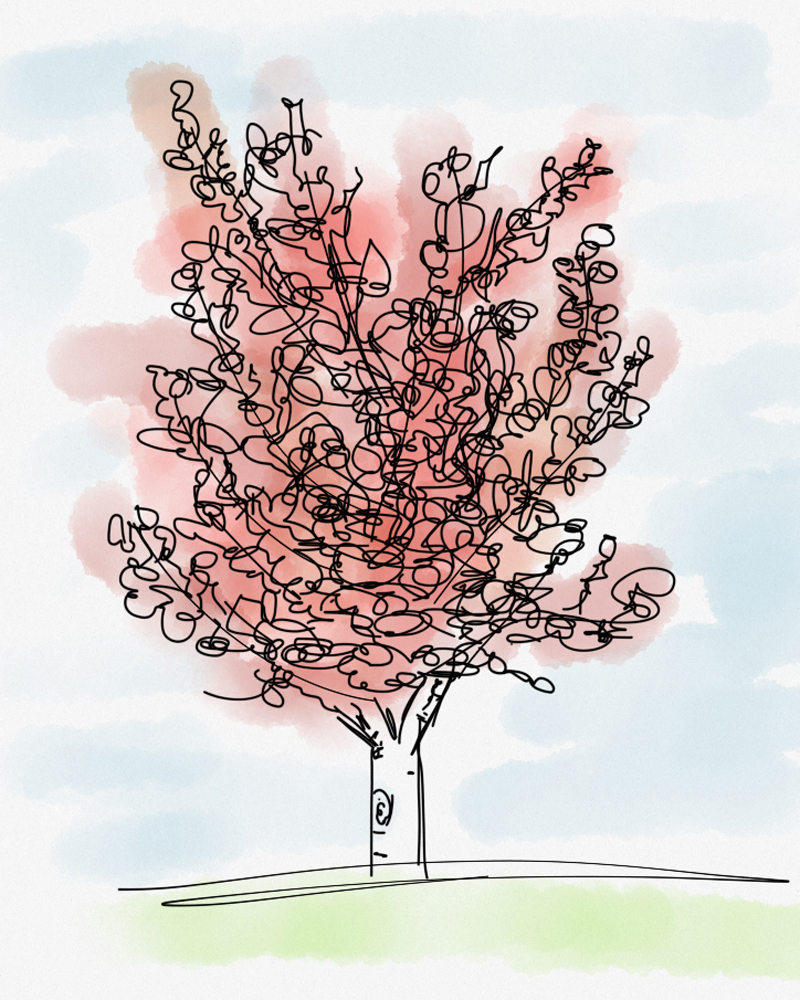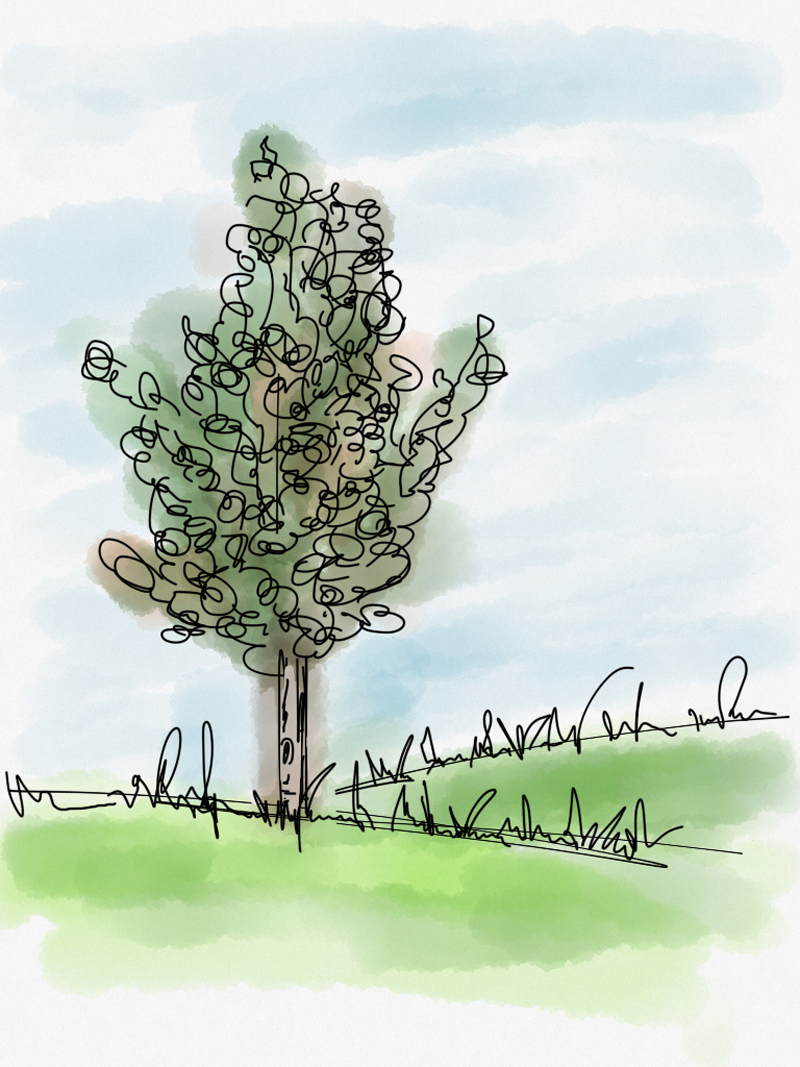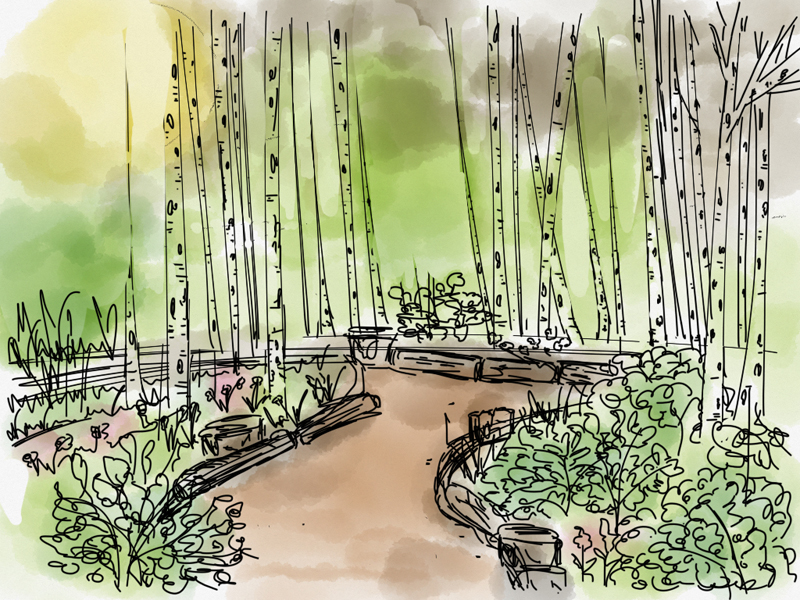Our Plant for That posting for the week is on Design. One of the first questions we receive in design considerations deals with where a particular “must have” plant will go rather than defining the problem we are trying to solve or the space we desire to create. It’s actually counter-intuitive to how we purchase most items. Usually a desire is created via a marketing effort showing us a problem we have; and in turn, we purchase the advertised product to fit our new found need. With plant material, we prefer to start with the notion that the design decision is based upon the problem the plant will solve or the space it will help create. Using plants to solve problems and define spaces gives the selection decision purpose and from that perspective we in turn are able to select from a pool of potential plant candidates that meet the function.
For example, we desire to create more privacy between our driveway and our neighbor’s front porch. It’s a narrow space and the screenage needs to be tall, but can’t be very wide due to the face that we don’t want branches brushing against the Buick. This jump starts a design discussion about plants that solve a problem rather than plants that simply need to be placed somewhere.

Acer rubrum ‘Red Rocket’ (Red Rocket Maple) – 30 ft. tall, 8 ft. spread

Betula platyphylla ‘Fargo’ (Dakota Pinnacle Birch) – 30 ft. tall, 8 ft. spread

Malus x adstringens ‘Durleo’ (Gladiator Crabapple) – 20 ft. tall, 9 ft. spread

Liquidambar styraciflua ‘Slender Silhouette’ (Slender Silhouette Sweetgum) – 35 ft. tall, 7ft spread
Now do we want the privacy screen to be evergreen or deciduous? What about site conditions or seasonal interest? After all of that is given consideration we select the best candidate to solve the problem and meet the criteria for success. Instead of purchasing a tree, we have purchased a design solution.
Plants can also be used to define space. Of special interest is the use of plants in naturalistic ways; pulling remnants of nature into our landscapes to perform design functions in an innovative manner.

In this sketch, a grove of trees creates a natural barrier and suggests the edge of a space. While the view is not entirely blocked, it has a strong sense of enclosure. In addition, we’ve designed in some mystery and intrigue. We’re pulled along the path in anticipation of turning the corner to see what might lie ahead.
Now imagine for a moment if the grove of trees were converted to a more formal hedge of Privet. It might be a more traditional way to define the edge, but it also increases our pruning maintenance. Our overhead cover is now gone, and the element of mystery – no longer in play. Our planting design decisions create two distinctively different outcomes all within the same space.
Just a couple of examples in how the selection and placement of plants in our designs can impact the outcome. When it comes to solving problems and defining spaces it’s good to know… There’s a Plant for That.
Exciting! New plants in the garden! But wait....now what? How much water? When? Quick considerations before watering: Sun & Shade - Although most may say that shade gardens need less...
Spring fills us with wonder. Not in the ‘feeling of surprise mingled with admiration, caused by something beautiful’ kind of way. More along the lines of ‘what can I plant in my empty...